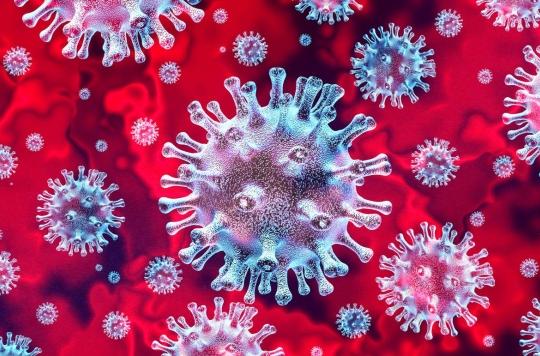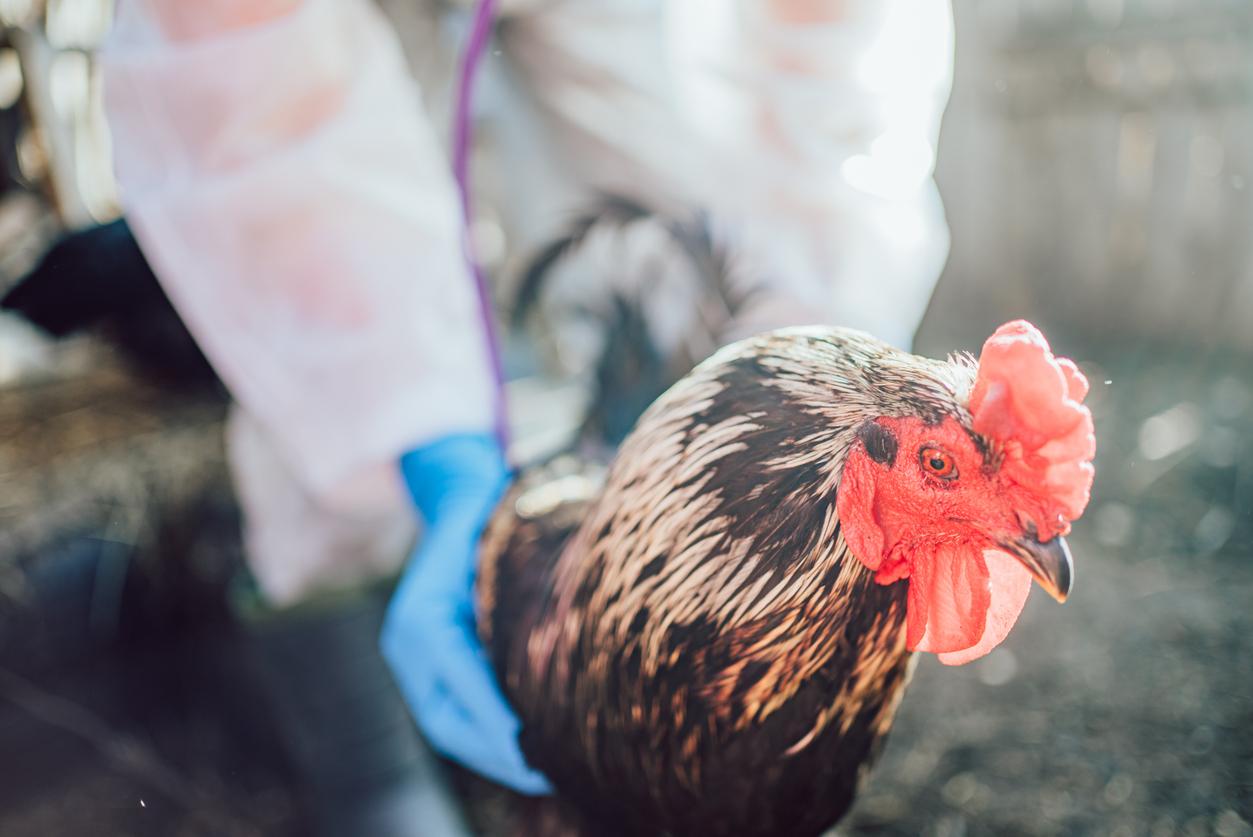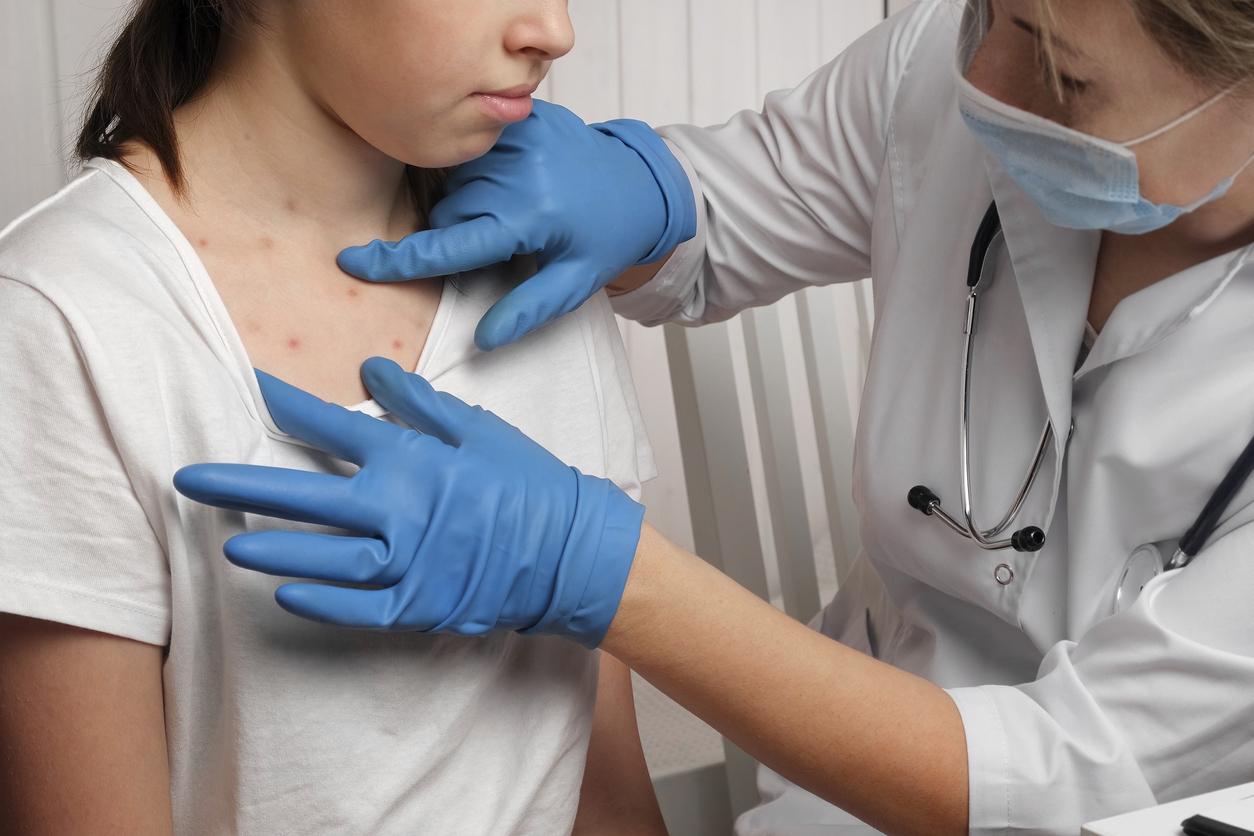SARS-CoV-2 would have become more easily transmissible following a mutation affecting the protein that allows it to infect cells in the human body. Explanations.

- The SARS-CoV-2 virus would have undergone a mutation that may have facilitated its transmission
- This mutation would be linked to the evolution of the virus since its passage from animals to humans
A mutation of the SARS-CoV-2 virus responsible for Covid-19 could have accelerated the spread of the epidemic. This is the conclusion that can be drawn from work of the Scripps Research Department of Immunology which confirm a hypothesis already put forward at the end of April by other American scientists.
In this new study, the researchers looked at the characteristics of SARS-CoV-2 and found that through its evolution over time and through the different regions where it had spread, one could observe a mutation of its ability to transmit. And that where transmission of the virus was greatest, SARS-CoV-2 had a mutation called D614G in its S protein.
A mutation observed in March 2020
However, it is this coronavirus protein that allows it to infect the cells of our body – and particularly those of the nose, lungs, digestive system and heart – through its fusion with their ACE2 receptor. It is as if our cells carry targets allowing these infectious agents to strike them better and, in the case of SARS-CoV-2, as if the D614G mutation of the S protein of this coronavirus adjusts the shot even better.
It was in March 2020, therefore when the epidemic began to hit hard in Europe and particularly in Italy, that this mutation was observed with even an increase in its frequency in April. An increase in the viral load found in patients with Covid-19 led scientists to this discovery. According to researchers from the Scripps Research Department of Immunology, the infective capacity of human cells of this mutated coronavirus would thus be 9 times greater than that of the same coronavirus before its mutation.
A mutation that followed the passage from animals to humans
This would explain, through the ability of SARS-CoV-2 to transmit itself more efficiently, the speed at which the epidemic developed in Europe last March and April. But the study analyzing this mutation of the coronavirus does not make it possible to conclude on its impact on the severity of the disease striking patients infected with the virus.
On the other hand, it sheds light on the reasons that may have led to this change. The famous S protein of the coronavirus, the one that allows it to infect cells in the body through the ACE2 receptor, is, as part of a complex chemical process, activated by an enzyme called furin. However, in the evolutions that accompanied SARS-CoV-2 in its passage from an animal species to humans, there could have been, according to the researchers, a “cleavage” limiting the action of the furin essential to the activation of the infection mechanism. And the D614G mutation in the coronavirus protein S would have emerged to compensate for this phenomenon as part of a natural adaptation of the virus to ensure its continued transmission from host to host.

.
















